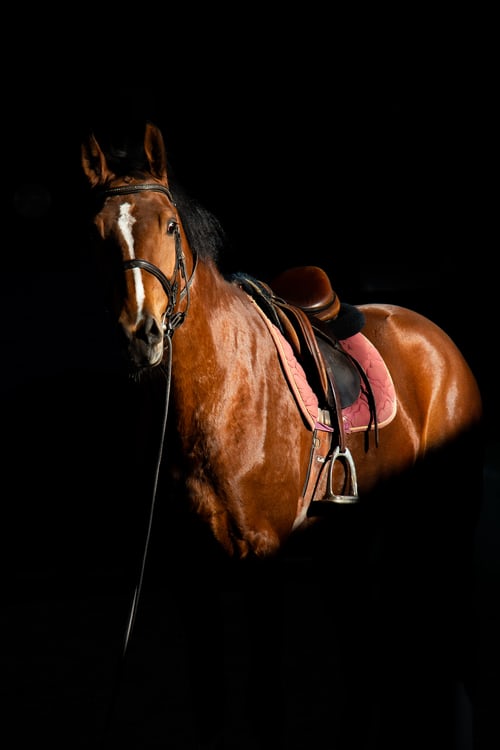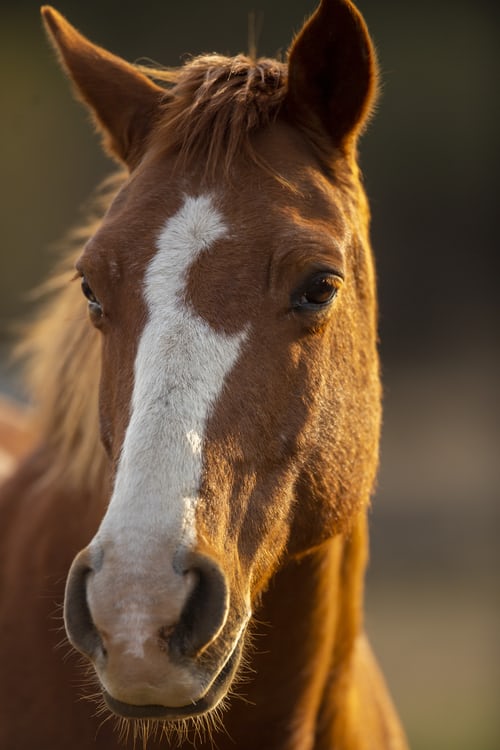Horseshoes have been an integral part of equine history for centuries, serving as a vital component of hoof care and protection. These specialized metal or synthetic structures are expertly crafted and fitted to horses’ hooves to provide support, traction, and protection against wear and tear. In this article, we will explore the world of horseshoes, examining their purpose, materials, application methods, and the importance they hold in maintaining the health and performance of horses. From traditional iron shoes to modern synthetic alternatives, we will delve into the art and science behind this crucial aspect of equine hoof care.
Horseshoes serve several important purposes in equine hoof care. One primary objective is to protect the hooves from excessive wear and damage caused by hard or abrasive surfaces. horseshoes act as a barrier, reducing the direct impact and friction on the hooves, particularly in domesticated horses that endure rigorous work or recreational activities. Additionally, shoes can provide additional traction, improving stability and grip on slippery or uneven terrain. They can also help correct certain hoof abnormalities or imbalances, promoting proper hoof growth and alignment.

Traditionally, horseshoes were made from iron or steel due to their strength and durability. However, modern advancements have introduced alternative materials such as aluminium, synthetic compounds, and composite materials. Aluminium shoes are lightweight and provide flexibility, making them suitable for horses engaged in disciplines that require speed and agility. Synthetic materials, like plastic or rubber, offer shock absorption properties and are commonly used for therapeutic or corrective purposes. Composite materials combine the advantages of different materials to create shoes that are both lightweight and durable.
Shoeing a horse is a skilled craft that requires knowledge, expertise, and precision. The process begins with a farrier or a skilled professional assessing the horse’s hooves and determining the appropriate shoeing requirements. This involves trimming the hooves to achieve balance and removing excess soles or damaged areas. The selected shoe is then heated, shaped, and fitted to the hoof, ensuring proper alignment and fit. The shoe is then secured to the hoof using nails or adhesives, with care taken to avoid causing discomfort or injury to the horse. Regular maintenance and reshoeing are necessary to accommodate hoof growth and ensure the continued effectiveness of the shoes.

Horseshoes can be used for more than just protection and traction; they can also play a vital role in corrective and therapeutic shoeing. Certain hoof conditions, such as laminitis, navicular syndrome, or hoof imbalances, may require specialized shoeing techniques to alleviate discomfort and promote healing. Farriers work closely with veterinarians to develop customized shoeing plans, which may involve applying pads, wedges, or support systems to address specific issues. Corrective shoeing aims to restore proper hoof mechanics and function, allowing the horse to move comfortably and efficiently.
When it comes to horseshoes, there are several important considerations to keep in mind. First and foremost, choosing a skilled and experienced farrier is crucial. Farriers should be knowledgeable about different shoeing techniques, materials, and the specific needs of different horses. Regular inspections of the hooves and shoes are essential to detect any signs of wear, damage, or hoof-related issues.




